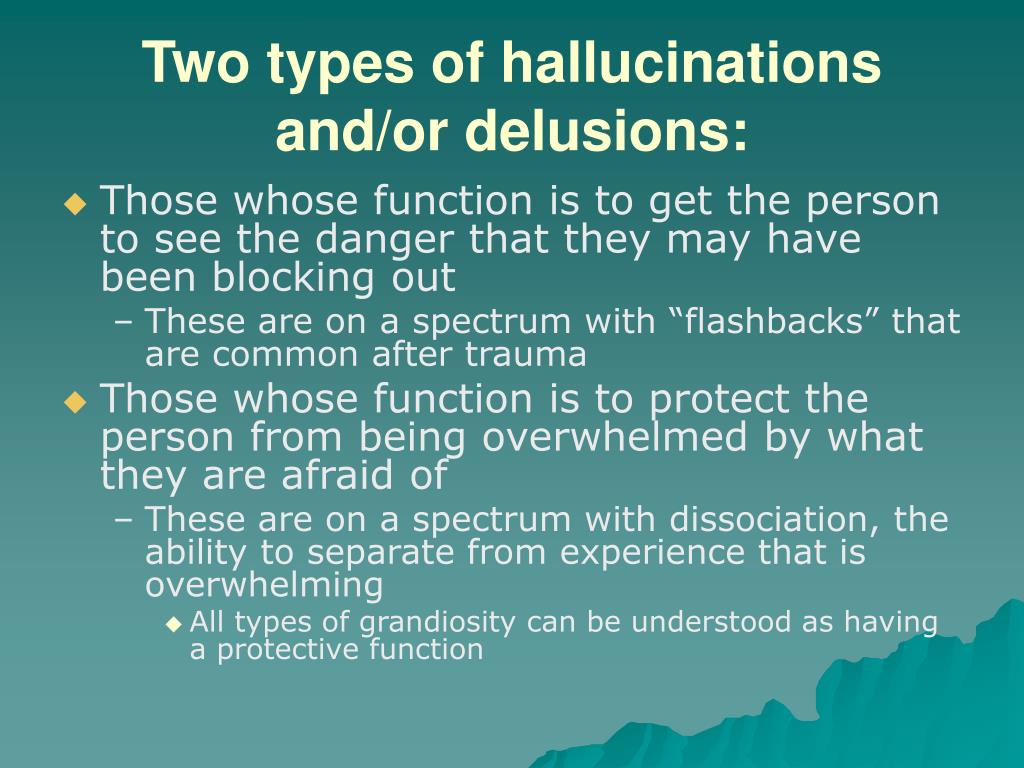

Nonmotor symptoms of PD often affect patients to a larger degree than the motor symptoms, but patients and caregivers are often reluctant to disclose these symptoms to their treating physician. 3,8,18Ĭhallenges in Assessing Nonmotor Symptoms of PD Even so, it is important to note that PDP hallucinations may occur at any time of day and under any lighting conditions. 8,18 Other contributory extrinsic factors, such as time of day, may explain why PDP hallucinations tend to occur more often in the late afternoon to evening. However, it is important to recognize that the use of PD medications is neither necessary nor sufficient for patients to develop PDP. 17,18 Because medications may contribute to PDP symptoms, reducing the dose of PD medications may help control symptoms in some cases. Both medications and dim lighting conditions are extrinsic factors that may trigger PDP symptoms. Unlike intrinsic factors related to PDP, extrinsic factors originate from outside the body. 16 These data support the role of abnormal 5-HT 2A processing and receptor binding in patients with PD who are also experiencing PDP-related hallucinations. 13 The hallucinogenic effects of neurochemical changes that occur in PDP may be mediated through a biochemical pathway similar to that of the illicit drug lysergic acid diethylamide, which is a potent 5-HT 2 agonist. Neurochemical changes observed in patients with PDP include increased serotonergic binding to 5-HT 2A receptors, especially in regions of the brain involved in visual processing. 8,9,15 However, the role of neurochemical abnormalities in producing PDP symptoms is also crucial. These abnormalities are more common in patients with PDP experiencing hallucinations, suggesting that perceptual difficulties may have a role in producing hallucinations. Visual processing abnormalities may include poor contrast recognition, low visual acuity, and other ocular abnormalities. Intrinsic factors such as visual processing abnormalities or deficits and neurochemical abnormalities have an important role in PDP pathogenesis. 8,11-13 In characterizing the extrinsic and intrinsic factors associated with PDP, it is important to note that NUPLAZID™ (pimavanserin) is approved only for treatment of the hallucinations and delusions associated with PDP. Extrinsic factors may include medications and environmental factors, whereas intrinsic factors include comorbid conditions, disease progression, and neurochemical abnormalities associated with neurodegeneration. 10įactors contributing to PDP may be classified as intrinsic or extrinsic. Instead, ICD-10 designates individual codes for PD and psychosis, which may coexist in the same patient.
DELUSIONS VS HALLUCINATION CODE
3 Even with all of these factors excluded and a PDP diagnosis firmly established, there is no specific International Classification of Diseases, Tenth Revision (ICD-10), code for PDP. Other causes, including Lewy body dementia or psychiatric disorders (such as schizophrenia, schizoaffective disorder, delusional disorder, or mood disorder with psychotic features), must also be excluded before arriving at a diagnosis of PDP. These potential causes may include any of several general medical conditions, including delirium. To establish a diagnosis, other potential causes of psychosis must be excluded. Additionally, these symptoms of PDP must be recurrent or continuous for a minimum of 1 month and must be preceded by symptoms of PD, as described in the Parkinson’s UK Brain Bank criteria. 2,8,9 According to a report developed by the National Institute of Neurological Disorders and Stroke-National Institute of Mental Health working group in 2007, a diagnosis of PDP requires at least one of the following symptoms: hallucinations, delusions, illusions, or false sense of presence. PDP may be related to PD progression as a result, it is often accompanied by more severe PD and older age. 4 These symptoms tend to increase in severity over time. 4-6 Less common symptoms may include olfactory and tactile hallucinations. 3 It may include a range of symptoms, predominantly visual hallucinations, as well as auditory hallucinations and delusions. 1,2 The presentation of this condition is distinct from that of other psychotic conditions. Parkinson’s disease (PD) affects approximately 1 million people in the United States, and more than half of patients with PD will develop Parkinson’s disease psychosis (PDP) at some point in the course of their disease. This supplement is based on an Academy of Managed Care Pharmacy Science & Innovation Theater webinar presented June 1, 2016, sponsored by ACADIA Pharmaceuticals Inc., entitled, “Treating the Hallucinations and Delusions Associated With Parkinson’s Disease Psychosis.” See Important Safety Information including Boxed WARNING on last page.


 0 kommentar(er)
0 kommentar(er)
